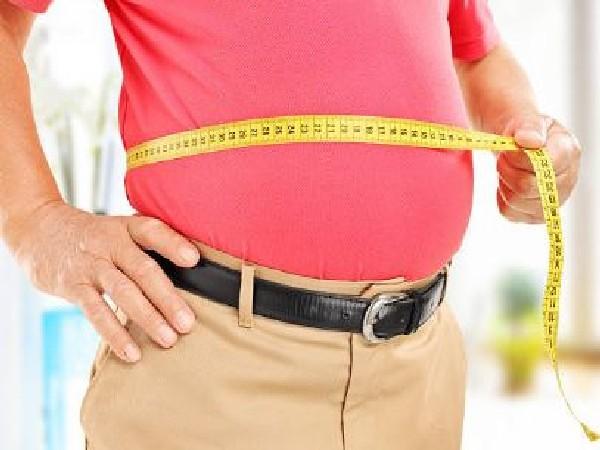Mobility Issues, Abdominal Fat, Low Strength, Older Demographics
"Our comparative analysis showed loss of gait speed occurring mainly when abdominal fat and weak muscles were associated. Gait speed didn't decline so sharply in older people who had only abdominal fat or only weak muscles.""In women, fat tends to accumulate around the thighs and hips but more fat also accumulates in the belly after the menopausal hormone drop. That's when the inflammatory cascade occurs. The buildup of abdominal fat fuels the inflammation, which consumes muscle mass and reduces muscle strength, while also impairing neural control of the muscles. The outcome is a steady loss of strength and accumulation of fat.""Declining gait speed is an important indicator. It suggests mobility problems, a heightened risk of falls and potential incapacity in older people.""Our aim in this study was to show the usefulness of this predictor for medical teams. A sizable number of elderly people have weak muscles and accumulated belly fat. Both can be corrected by exercise training and diet."Tiago de Silva Alexandre, professor, department of gerontology, Centre for Biological and Health Sciences, Federal University of Sao Carlos, Brazil"In the participants with abdominal obesity and muscle weakness, we observed a loss of 0.14 m/s in the eight-year period.""At this rate there may come a time when they can't cross the street in the time allowed by traffic lights."Roberta de Oliveira Maximo, study first author, doctoral candidate, UFSCar
 |
| The buildup of abdominal fat fuels inflammation, which consumes muscle mass. |
Published in the journal Age and Ageing, the study that concluded older people with abdominal fat and weak muscles face increased risk of suffering a deadly fall, emphasized that while a slower gait is natural in the process of growing older, when walking speed diminishes too swiftly ordinary everyday activities, like crossing a busy street at a crosswalk, threatens to become a real problem. Should risk of falling increase, it generally sees a loss of independence follow.
Data from 2,294 adults from age 60 and upwards who had enrolled in the English Longitudinal Study of Ageing formed the backbone of this study. Subject participants formed four groups distinguished by gait speed and dynapenia (age-related loss of muscle strength and power), Dynaspenic and abdominally obese; dynapenic only; abdominally obese only; and finally neither dynapenic nor abdominally obese.
Abdominal obesity was signified by a waist circumference over 102 centimetres for men, and 88 cm for women, for the purposes of the study, while dynapenia's metric was grip strength under 26 kilograms for men and 15 kg for women. At the study outset none of the participants experienced issues with mobility or gait speed, but over the eight-year course of observation, many did. Among people without mobility issues with a baseline speed of 08 m/s (2.88 km/h) the greatest decline occurred in those who were burdened by both obesity and dynapenia.
 |
| Mobility-issues-in-older-people-study |
The accumulation of abdominal fat is capable of triggering an intense inflammatory cascade according to researchers, that effectively depletes muscle mass while decreasing strength. "Hence the concept of dynapenic abdominal obesity, which we've been studying in our research group for several years", noted Professor Alexandre. "In previous studies, we found a correlation between these traits, which are very common in the population, and a heightened risk of falls, alterations to the lipid, carbohydrate, glucose and cholesterol metabolism, incapacity and even death. But this is the first study to associate them with mobility."
Both genders are affected by the conditions leading to the loss of mobility, increasing with age. The researchers' intention in releasing their findings was to alert health workers to the need to focus on these factors and identify them as precursors to a loss of mobility -- and following that, an eventual loss of independence.
Labels: Belly Fat, Elderly Mobility, Inflammation, Muscle Srength, Research

0 Comments:
Post a Comment
<< Home